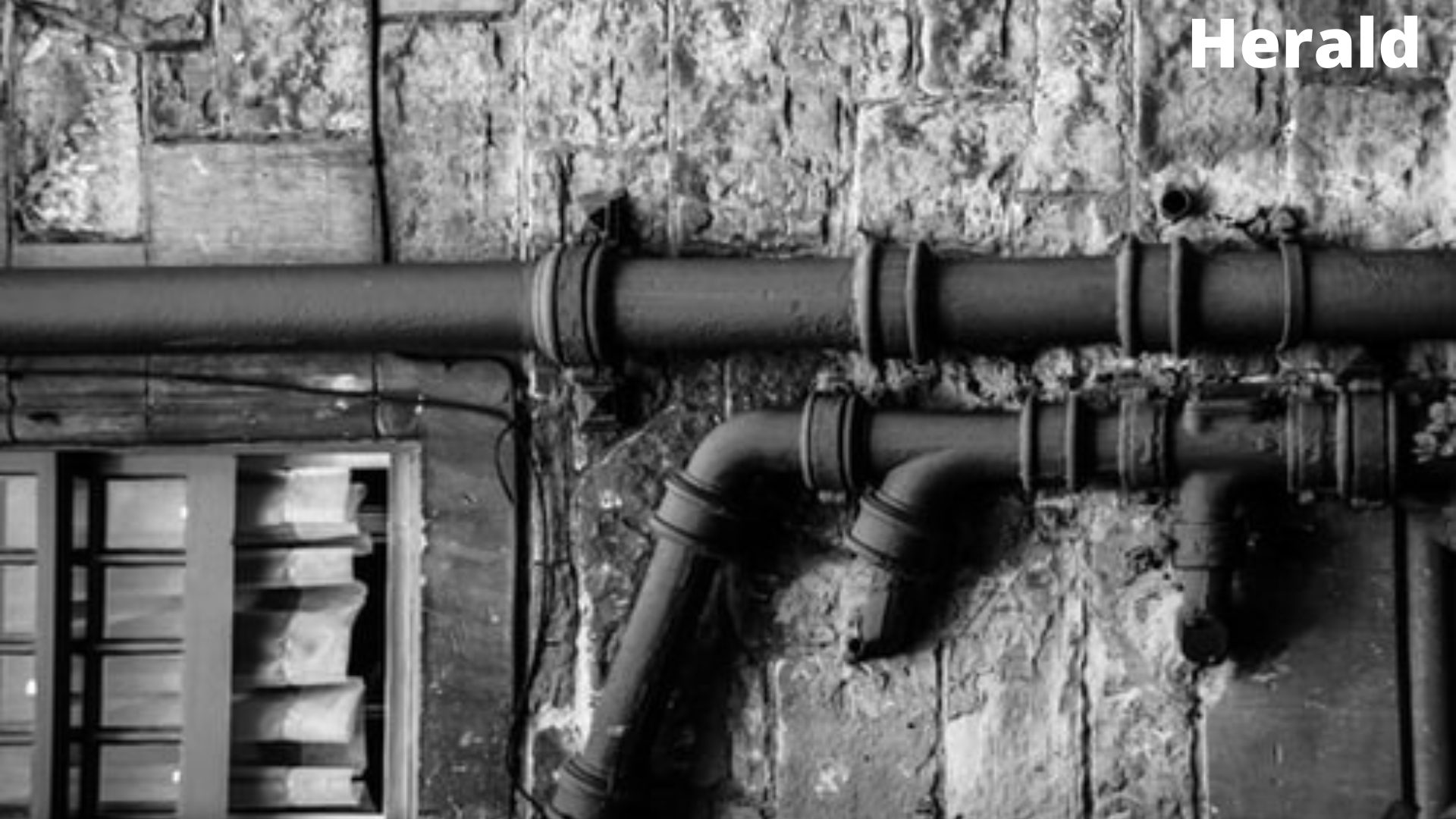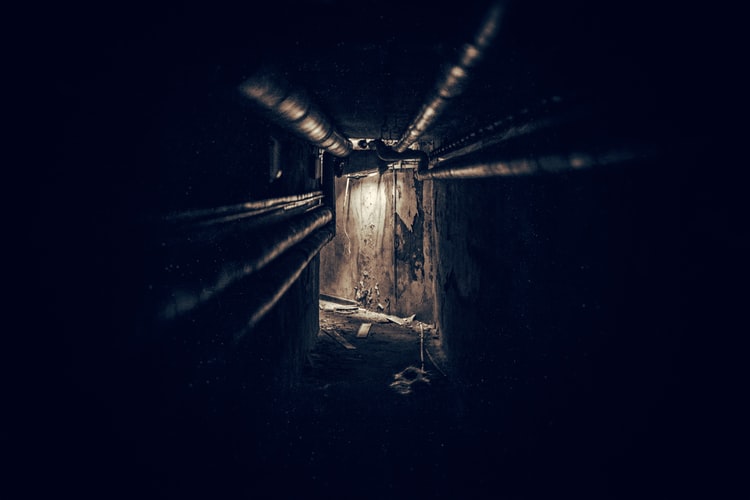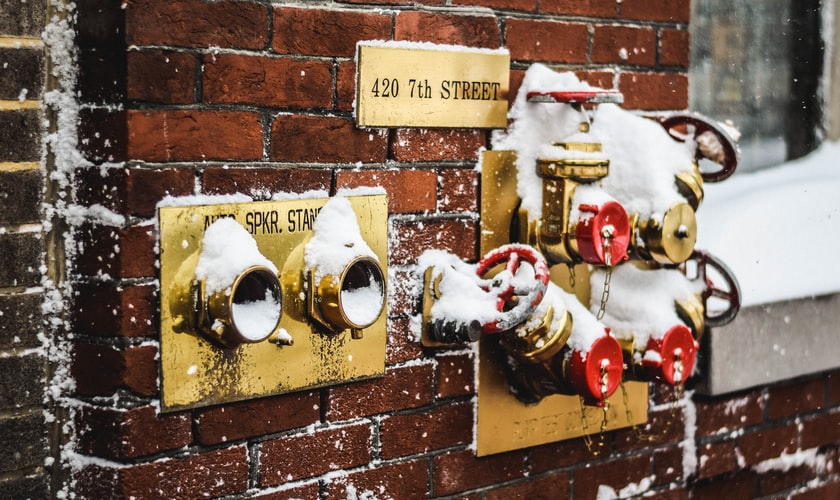How To Thaw Frozen Pipes Underground

One chilly morning you wake up, and turn the faucet handles just to know that there is no water in the taps. But, why is there no water? The simple reason is that sometimes, in the winters, the pipe freezes. Winter can undoubtedly be rough on the pipes, and sometimes one good frost is all that takes to freeze the lines heading into or away from your house. Sometimes, it just reduces the flow of the water, and in extreme cases, it can lead to the bursting of the pipes. So, if there is a water blockage in the pipes, it is now time to thaw your pipes. You may wonder how to thaw frozen pipes underground, but there are several methods to do that.
But, before that, you need to understand why this happens.
Why Do Underground Pipes Freeze?
When the weather is cold enough, the pipe can freeze, ultimately leading to disturbances. Once the water in the pipe freezes, it expands and then creates pressure inside the pipe. This often occurs from a high volume of water pressing against the pipe’s interior. Also, this can happen when a smaller amount of water freezes and blocks the pipeline. And, these are the reasons for the buildup of pressure when water becomes confined within the line.

Pipes
Method: Thaw frozen pipes
Tools
Here is one of the quite reliable methods for thawing on straight pipes.
- Hot water-safe garden hose, RV hose, or flexible tubing long enough to reach from the nearest hot water tap to the far end of the line.
- Bucket
- Pipe Cutting and Repair Tools
- Shovel
- Sump Pump
Instructions
- The first step is to excavate around the end of the pipe closest to your tap.
- Then, dig a basin under the exposed pipe. Place the bucket and sump pump in it.
- Then you should aim the pump’s discharge hose away from the pipeline.
- Cut the pipe.
- Then, connect your hose to the tap and begin running hot water into the pipe.
- Then you should slowly feed the hose through the pipe as the ice melts.
- Then make sure that the pipe is completely thawed. Then, remove the hose and immediately repair the pipe.
- Moreover, try to keep the water running through the pipe to reduce the risk of refreezing.
Temporary Steps to Thaw Frozen Pipes
As we all know, the first step for the thawing of the pipes is the reduced flow in faucets. So, if you detect any such problem, you should start taking action against it.
- You should first turn up the heat and then find out the best temperature for a house in the winter.
- Then, set up fans to blow heat into cold rooms.
- Also, Opening the vanity or cabinet doors so warm air can reach the pipes under sinks helps.
- If you have exposed pipes inside closets or pantries, just leaving the doors open will work for you.
- Disconnect the garden hoses from the outdoor faucets. Because even the “frost-proof” faucets can burst if a hose is connected.
- Try keeping the garage door closed.
- If you experience the problem of reduced water flow, try heating the most vulnerable pipes. They are usually in basements and crawl spaces or near exterior walls. You can try it with a hairdryer as well. Then, leave the faucet on while you apply the heat. As the ice melts, the water flow will eventually increase.
Permanent Protection for Thawing
Long-term freeze prevention is usually a major task and the people often find it difficult. How to thaw frozen pipes underground is difficult and permanent protection is more difficult. You can consider the options of Insulating a crawl space, replacing standard outdoor faucets with frost-proof models, or even rerouting pipes away from cold spots inside the home for permanent protection. But, don’t forget to call a professional plumber to assess your situation and make recommendations regarding permanent protection.
Heating The Pipe
During cold spells, electric heat protection is a good option. It has a thermostat that switches on the heat only when the temperature drops. And, the heating cable won’t waste electricity when it isn’t needed. Hence, if you need to protect lots of pipes for long periods, it may work for you. But, don’t forget that heating cable is an expensive solution.
Remember that some simple measures of prevention are worthy of hundreds of cures.
And, the best way to prevent a pipe from freezing is to keep it warm, so the water within remains above the freezing point. On the other hand, the outdoor and underground water pipes & drains are a lot more difficult to keep from freezing. Especially when temperatures drop below zero. Some simple steps can be taken to prevent freezing in the first place, especially when new construction happens.
- The deeper the pipes, the better. Many municipalities in cold climates should now go at least 8 feet deep on main lines for new construction.
- The new piping material in the market is colder resistant than others. So, make sure that you use the proper piping and sleeves for new construction. Especially for the lines running into and out of your home or business.
- You can use insulation or other insulating materials in the line wherever possible.
- Moreover, you can turn off the main water line and drain pipes when the house is empty.
- Furthermore, using the RapidThaw or Powerblanket outdoor heated construction blankets for both thawings and freeze prevention purposes is the best option. Also, they work extremely well to thaw frozen ground and underground pipelines.
How to thaw Frozen Pipes in a Wall?
After locating the pipes, first, turn off your home’s main water valve before trying to thaw frozen pipes inside a wall.
- First, turn up the furnace, and then open the closets and cabinets adjacent to frozen pipes.
- Moreover, you can position a fan heater to blow directly into wall vents located near-frozen pipes.
- Then, cut a hole in the wall exposing pipes, and then thaw pipes with a space heater or heat lamp. Position it at least 3 feet away from flammable materials.
- You can then use the hairdryer to direct the warm air up and down frozen pipe lengths.
- Then, wrap the frozen pipe with an electric heat cable, and keep a close eye on the process.
Keep in mind that the last 3 steps can work in thawing almost every drain pipe.

Pipes
Frequently Asked Questions About Frozen Pipes Underground
What is the Temperature When The Pipes Freeze?
According to the reputed studies, the non-insulated pipes begin to freeze when the weather drops to 20 degrees Fahrenheit or even below. Although, the freezing temperature for water is 32 degrees. But, the building materials or the ground surrounding the pipe provides a small degree of insulation.
Why Pipes Burst?
When the water freezes, it eventually expands in volume by about 9 percent. And that too with tremendous force: So, the pressure inside the pipes go from 40 pounds per square inch to 40,000 pounds per square inch. Oopss… And, no pipe can hold that much pressure, so it breaks open. The break may occur at the place where the ice forms. But, often, it happens where the water pressure finds a weak spot in the pipe. It may be inches or even feet from the frozen area. So it’s better to check your pipes in winter.
How to Thaw Frozen Pipes Underground?
How to thaw frozen pipes underground is a very common question that homeowners face because of the winter consequences. Here are some of the steps to thaw the frozen pipes.
How long does it take for the pipes to unfreeze?
The DIY methods for unfreezing or thawing the pipes get the water flowing again in 30-40 minutes. Some people might be tempted to wait for the pipes to thaw out by themselves. However, it depends on the weather, and the process can sometimes take days. The pipes typically don’t freeze until the temperature dips to 20 degrees Fahrenheit. However, the time varies depending on how long the pipes have been frozen and where they’re located actually.
How to Thaw Frozen Pipes Outside?
Apart from how to thaw frozen pipes underground, here are some other methods to thaw the frozen pipes outside. Remember to stay Safe. Heat tape and hair dryers both do the job well. But be careful while using electrical equipment outdoors when it’s wet outdoors. But, if you’re not comfortable with these, you can wrap the pipe or open the hose bib with towels as well. Moreover, you can heat up a teakettle, and slowly pour hot water over the towel wraps. This may take several tries, but it’s safe than working with electricity while standing in the snow.
How to thaw Frozen Pipes in a Wall?
After locating the pipes, first, turn off your home’s main water valve before trying to thaw frozen pipes inside a wall. First, turn up the furnace, and then open the closets and cabinets adjacent to frozen pipes. Moreover, you can position a fan heater to blow directly into wall vents located near-frozen pipes. Then, cut a hole in the wall exposing pipes, and then thaw pipes with a space heater or heat lamp. Position it at least 3 feet away from flammable materials. You can then use the hairdryer to direct the warm air up and down frozen pipe lengths. Then, wrap the frozen pipe with an electric heat cable, and keep a close eye on the process. Keep in mind that the last 3 steps can work in thawing almost every drain pipe.
Summary
When the pipe freezes underground, you can unfreeze or thaw with some simple steps and DIY method. The simple steps mentioned above can work for you, but remember that be careful. Because dangers come without telling, and we are sure you won’t be expecting that. The electric cable methods work but are dangerous, and the methods without electricity are slow. It all depends on what you prefer; hence we leave it to you.

-

 Informative3 years ago
Informative3 years ago21 Amazing Fruits That Are Not Round
-

 Science3 years ago
Science3 years agoHow To Make a Dry Ice Bomb at Home? Risks and Precautions
-

 How to3 years ago
How to3 years agoHow to Put a Tampon On: Step by Step Guide
-

 How to3 years ago
How to3 years agoHere’s How to Know When The Oil Cartridge Is Empty
-

 Informative3 years ago
Informative3 years agoElf Ear Surgery: Cost, Procedure, and Risks
-

 How to3 years ago
How to3 years agoFixed: The Torrent You Are Trying To Add is Already in The List
-

 How to3 years ago
How to3 years agoSolved: How to Change Your Age on TikTok? (2021)
-

 How to3 years ago
How to3 years agoHow to Make Gold Paint: All Types and Procedure